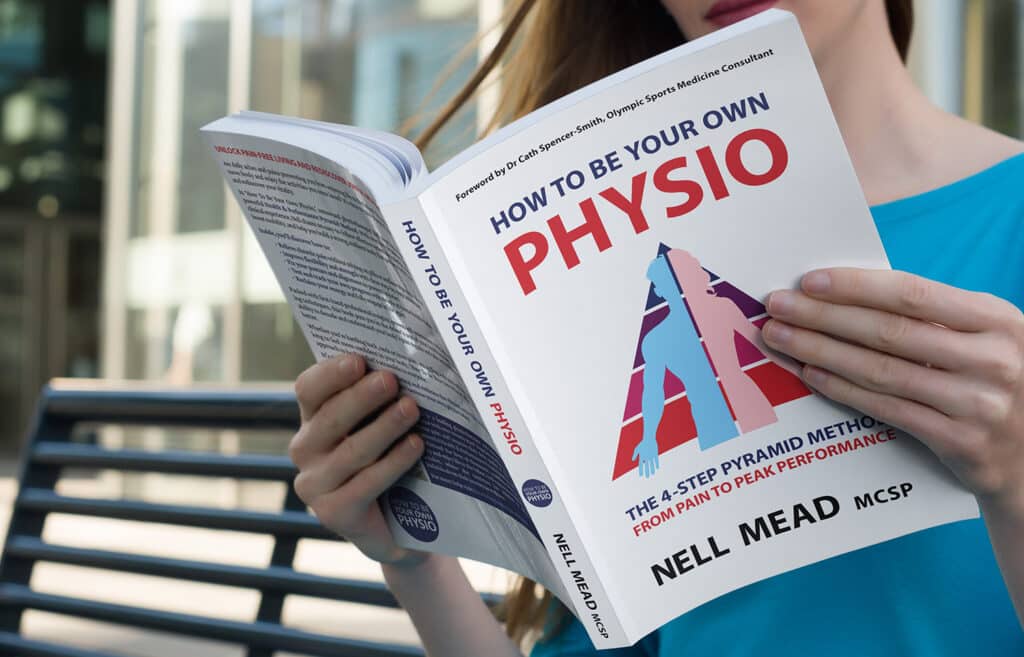A question I’m often asked is “who should I see? Physio, osteopath, chiropractor, massage therapist, sports rehabilitator… what’s the difference?” And it’s a question that lots of people have tried to answer, with varying degrees of success (one of the problems with a lot of explanations is that people seem to compare osteopathy and chiropractic to hospital/NHS physiotherapy, rather than private musculoskeletal physiotherapy, which is the direct comparison to osteo or chiro). But I’m going to give it a go myself, and try to explain some of the differences, and give some examples of when each might be appropriate.
Osteopathy vs Physiotherapy vs Chiropractic
First of all, the difference between physiotherapy, osteopathy and chiropractic. This is a bit of a tricky one, as it sometimes seems to me that one of the biggest differences is the language we use. For example, the middle part of the spine, where the ribs attach: physiotherapists and chiropractors call it the thoracic spine, but some osteopaths call it the dorsal spine. We mean the same thing, though! And when you have loss of function in a joint, a physiotherapist will call it a “dysfunction”, a chiropractor will say “subluxation” and an osteopath “lesion”. Chiropractors often have X-ray machines in their practices; but unless there is a valid clinical reason for doing so, they shouldn’t actually take an X-ray of your spine, as most “subluxations” can’t be seen on X-ray.
Another difference is how often we like to see people, and for how long. In general, I prefer to see patients for an hour, and not more often than once a week for acute injuries or once a fortnight for more chronic ones, though there are some exceptions. However, I haven’t yet met an osteopath who offers sessions longer than half an hour — and I know of chiropractors who offer 10- or 15-minute appointments, often several times per week.
There are, however, lots of overlaps. We are all professionals, regulated by our own professional bodies (physiotherapists by the Chartered Society of Physiotherapy and the Health and Care Professions Council; osteopaths by the General Osteopathic Council, and chiropractors by the General Chiropractic Council) and we all have a responsibility to keep up to date with the latest theories and techniques through continuous professional development (CPD). We are all manual therapists, using our hands to diagnose and treat injuries. We all do — or should — teach our patients exercises, so that you can help yourself to heal as efficiently and as quickly as possible. We are all able to mobilise and to manipulate (click) joints, though in practice I don’t manipulate very often; and to treat muscles, tendons, ligaments and nerves; though my understanding is that chiropractors only treat the spine. And we are all professional clinicians, trained to diagnose injuries, even though the language and techniques we use to do so may be different.
Naturally, I think my way is best (otherwise I’d change it and do something else!) but that doesn’t mean other clinicians’ views aren’t valid. Ultimately, I think it really comes down to the individual therapist rather than their profession: the question to ask (after a session or two) is, is this working for you? And really great therapists — of any type — aren’t that common, so when you find one, hang onto them!
Graduate sports rehabilitators (GSR) are slightly different. They’re also graduates, who have studied for undergraduate or, more recently, postgraduate degrees in sports therapy or sports rehabilitation. Unlike physiotherapists, they don’t diagnose injuries; but they are able to work alongside physiotherapists to provide injury rehabilitation and exercise therapy: the “hands-off” part of physiotherapy, if you like. They can do this in a one-to-one setting or in a rehab class, initially using techniques such as yoga, pilates and specific exercises to restore control, flexibility and strength, before progressing to more functional, sport-specific exercises to help you return to full function.
Finally, sports massage therapists use their hands to work on soft tissue (muscle, tendon, ligament and connective tissue) to improve its compliance and tone. This can help with lots of issues: recovery after training sessions, relieving niggling tight muscles, improving flexibility, helping to prevent injury and relieving stress and tension to name but a few. They are not (necessarily) graduates and can’t diagnose injury, but their treatment can still be extremely beneficial. Again, we often recommend massage therapy alongside physiotherapy or rehabilitation therapy as they complement each other extremely well.
So — if you have an injury or are in pain, you should see a physiotherapist (or osteo, or chiro) for an assessment. We will either diagnose it ourselves; or if we think the problem needs further investigation (e.g. MRI or X-ray) or has the potential to require surgery, we will refer you on to a physician or a surgeon. If appropriate, we will carry out treatment ourselves, which may also include referring you to a GSR or sports massage therapist (though if your treatment is funded by health insurance, it may be more cost-effective to stay with physiotherapy, as not all insurance companies will cover rehabilitation and massage separately). If you are not in pain but feel you would benefit from some extra loosening or flexibility, then please go straight to massage therapy. And if you’re still not sure… well, drop me an e-mail and I’ll do my best to help!







